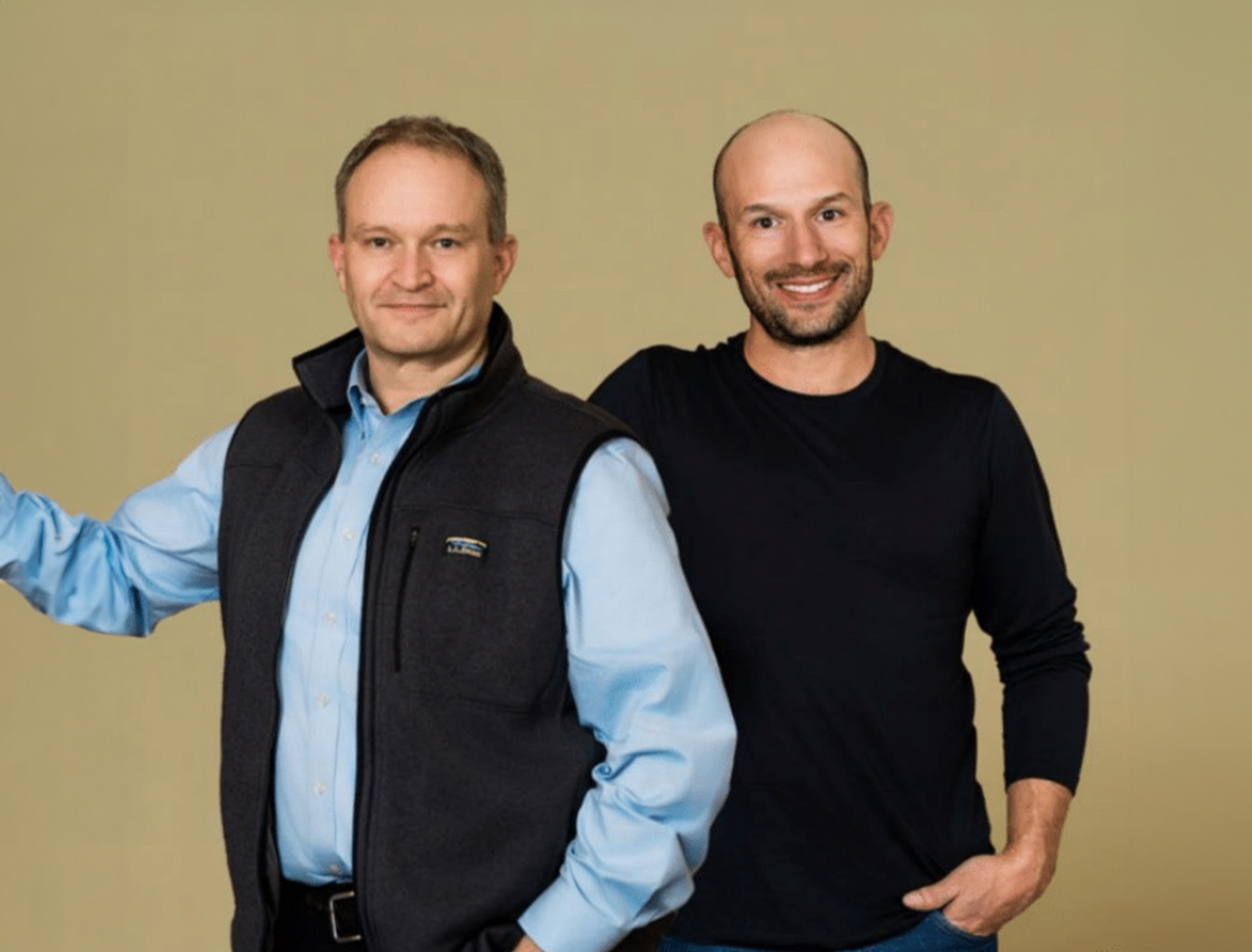Born from three decades of neural interface research at Case Western Reserve University, Afference represents a perfect fusion of deep scientific expertise and commercial innovation. Dr. Dustin Tyler, who spent years developing technology to help patients with limb loss regain sensation, partnered with entrepreneur Jacob Segil to translate this medical breakthrough into a consumer technology that could transform virtual and augmented reality experiences.
Their flagship product, the Afference Ring, creates artificial touch sensations through neural stimulation – technology so sophisticated that users can feel the difference between popping large and small virtual bubbles, or experience the growing intensity of a virtual golf swing. “We’re not just adding another feature to virtual reality,” explains Tyler. “We’re restoring a fundamental human sense to digital interaction. While others focus on replacing human capabilities with AI, we’re using technology to enhance natural human experience.”
The company’s roots in Ohio’s robust medical technology ecosystem proved crucial to their development. “Northeast Ohio has been a leader in neural technology and rehabilitation for over 60 years,” notes Tyler. “This deep expertise in connecting human and machine laid the foundation for what we’re doing now.”
JobsOhio, along with the Ohio Innovation Fund, recognized the transformative potential of Afference’s technology early on. “They understood that we weren’t just building another tech gadget,” says Segil, who serves as CEO.
“We’re creating an entirely new paradigm for human-computer interaction, and they had both the vision to see that potential and the expertise to evaluate our deep technology.”
The company has already garnered significant attention, with their technology being showcased at CES 2025 and attracting interest from major technology companies. Their two primary products – the sophisticated five-finger Phantom wearable and the streamlined Afference Ring – demonstrate the versatility of their approach, from gaming and virtual reality to everyday computing interfaces.
With offices split between Cleveland and Boulder, the growing team is now focused on developing partnerships to integrate their technology into mainstream devices and platforms. For Tyler and Segil, JobsOhio’s support represents more than funding – it validates Ohio’s position as a leader in human-centric technology innovation.
“Silicon Valley is focused on replacing human capabilities,” Tyler reflects. “Here in Ohio, we’re building technology that enhances what makes us human. That’s not just a product strategy – it’s a vision for the future of computing.”





